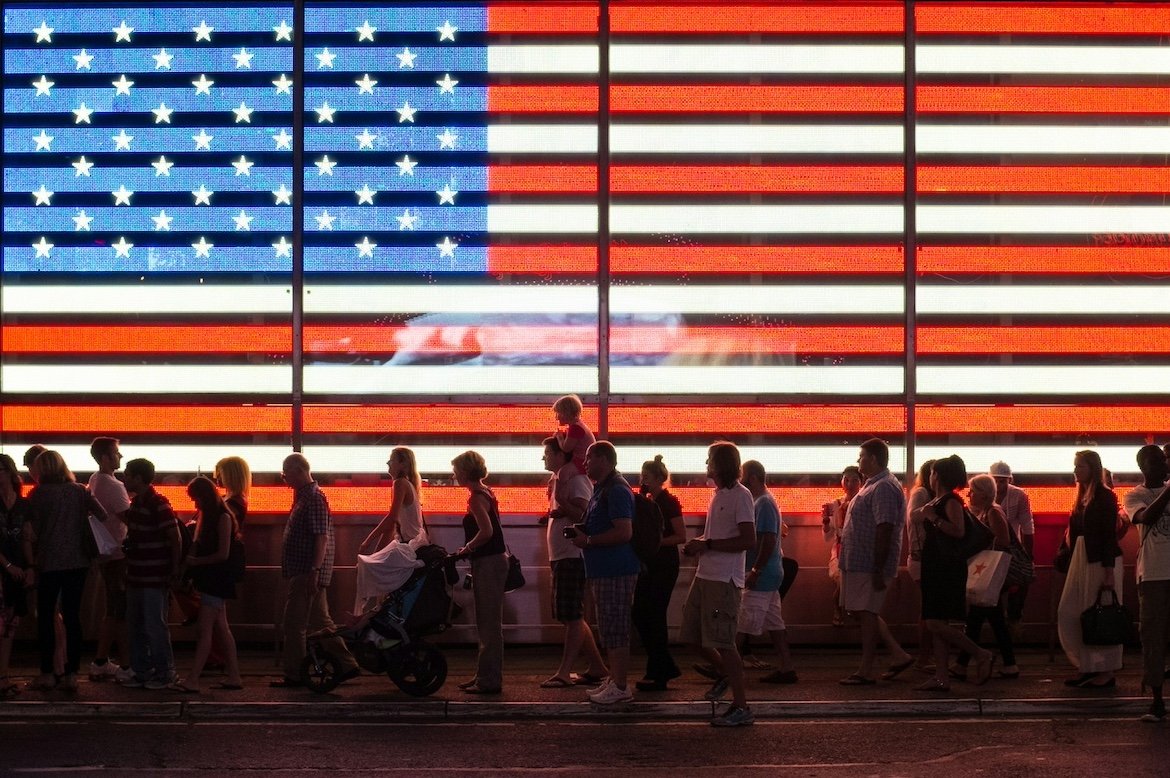
The United States is introducing a visa bond requirement of up to $15,000 for certain foreign tourists, marking one of the most significant changes to entry regulations in recent years. Announced by the Trump administration, the measure is designed to deter visa overstays and ensure compliance with the country’s immigration policies.
According to early details, the bond will be refundable if the traveler departs the US within the authorized period of stay. However, failing to comply with visa terms could result in forfeiture of the bond, creating a major financial risk for affected visitors.
The rule is expected to apply primarily to travelers from countries with high overstay rates, although the full list of affected nationalities has not been formally published. The policy is part of a broader effort by the administration to tighten border controls and prioritize security, even in the context of international tourism recovery.
Targeting Visa Overstays
Visa overstays have long been a concern for US immigration authorities, with some visitors remaining in the country beyond their permitted duration, creating enforcement and security challenges. By introducing a bond requirement, the government aims to incentivize timely departures and reduce administrative burdens linked to overstay cases.
Officials have stressed that the bond is not meant to discourage legitimate tourism, but rather to ensure accountability. Travelers who follow the rules will receive the bond back, while repeat violators may face long-term travel restrictions in addition to financial penalties.
Industry and Traveler Reactions
The tourism industry has responded with mixed reactions. Travel advocates warn that the rule could create sticker shock for visitors and potentially deter leisure travelers from certain regions. Airlines, tour operators, and hotel groups worry that this could slow inbound tourism growth, especially at a time when international travel is still stabilizing after years of fluctuations.
Some industry analysts suggest that wealthier tourists may not be discouraged by the bond, but budget-conscious travelers could opt for destinations with less restrictive entry policies, impacting US tourism competitiveness.
Global Implications and Next Steps
The introduction of a high-value visa bond also raises diplomatic concerns, as countries affected by the measure may view it as discriminatory. While the US has implemented smaller-scale bond programs in the past, the $15,000 maximum is unprecedented and significantly higher than previous trials.
Legal experts note that the measure could face challenges in US courts if argued to unfairly target certain nationalities. For now, the administration is moving forward, emphasizing that the policy will be reviewed periodically to assess its impact on both immigration enforcement and tourism revenue.
As the travel landscape evolves, the rule underscores a broader shift toward risk-based visitor management. Foreign tourists planning trips to the US in the coming years may need to budget for additional costs and prepare for heightened scrutiny at the border.




